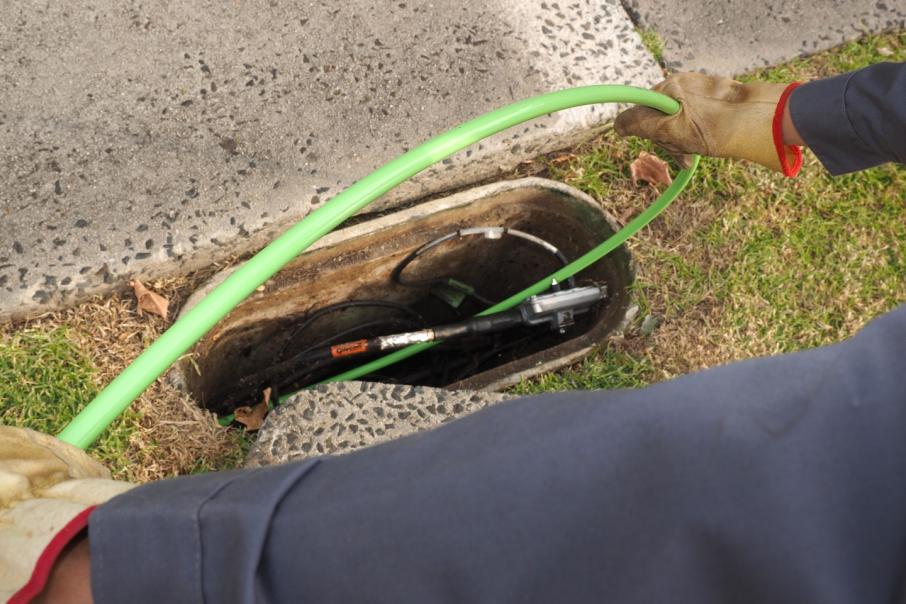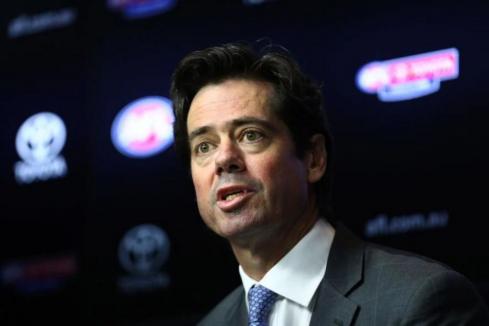OPINION: More than a decade after it entered the national debate, the national broadband network is about to be completed in the format – fibre to the node – that the reigning federal government committed to when Tony Abbott was prime minister.


OPINION: The NBN could become a political football for another election cycle.
More than a decade after it entered the national debate, the national broadband network is about to be completed in the format – fibre to the node – that the reigning federal government committed to when Tony Abbott was prime minister.
So you would think that we could all relax and enjoy superfast internet speeds equally across the country?
More importantly, taxpayers should be able to cease shelling out for what must be the single most expensive piece of national infrastructure?
If only it were that simple.
Barely six months after an election and it appears the NBN may be an issue again. The federal Labor party has flagged the possibly of expanding the network to take fibre from the node to the premises.
That is disappointing.
While there are pockets of poor NBN performance and I am aware of issues with regard to demarcation disputes between the NBN and retailers as to who should be blamed for connection failures, generally it has been fairly quiet lately as the nationwide project has come to its finale.
Starting another multi-billion dollar program seems unnecessary to me, especially with 5G mobile likely to challenge the fixed-line speeds no matter what NBN we have.
I am simply not hearing business squealing about poor internet speeds.
As I wrote long ago, most of this investment is for people to watch subscriber television more easily. While I accept there will be many home-based and small businesses that will benefit, most businesses can get high-speed internet if they want it.
In any case, it’s a moot point. The NBN now exists, so let’s enjoy that fact.
The other complicating factor in this is the prospect of privatisation.
Governments, federal and state, have historically stuffed up privatisations because they hold the mistaken belief they can do more with your money than you can.
That is not true but as the vendors of monopolies, governments seem to like leaving extraordinary market power with a new private owner in order to maximise the price they can get.
Regrettably, politicians don’t seem to understand that if privatised companies had to live by the same rules as everyone else then consumers and business customers would be better off.
That is a dividend shared far more widely than one funnelled exclusively back to the treasury coffers.
The privatisation of Telstra was handled badly in this respect. Its monopoly power limited progress in this country, not just in the regions as many think, but also in urban areas.
You only have to ask the founders of independent ISPs like iiNet to hear how difficult life was made for them.
So my point is that any privatisation plan requires one that makes the NBN what it ought to be – a national asset – no matter whose hands it is in.
Similarly, if anyone thinks fibre to the home and the billions required to get it there is an absolute necessity then it should not be done by just one player.
Just as I believe the NBN could have been achieved with different operators in small and distinct geographic areas, so I believe the expansion to the home, if it has to happen, should also be conducted by numerous players.
That way we get to see the impact of competition, which will mean varied performance and a spread of the wealth.
As opposed to an average national performance and the funding concentrated in just one company.
Tech winners
Speaking of technology winners, I note there’s been a flurry of news around this patch and I am excited by that because it usually reflects the fact funding has had to find an alternative because the resources sector has been struggling.
First up we have iCetana raising $5 million after a bumpy period where a change of management was required.
I am confident Matt Macfarlane is building a team to achieve what is possible from its security video monitoring technology.
I have taken a private interest in a company called Singular Health, which is doing some remarkable things marrying data-driven imagery such as MRI and augmented reality to help health professionals more easily examine their patients.
I was amazed last month when a Perth surgeon shared his thoughts on a neurological patient with a collaborator in the UK, in real time.
The health technology space in WA is far deeper and richer than most people would realise and I am fascinated by some of the technology I have seen via Business News and also the recent Innovator of the Year Awards, which featured some very strong case studies.
















